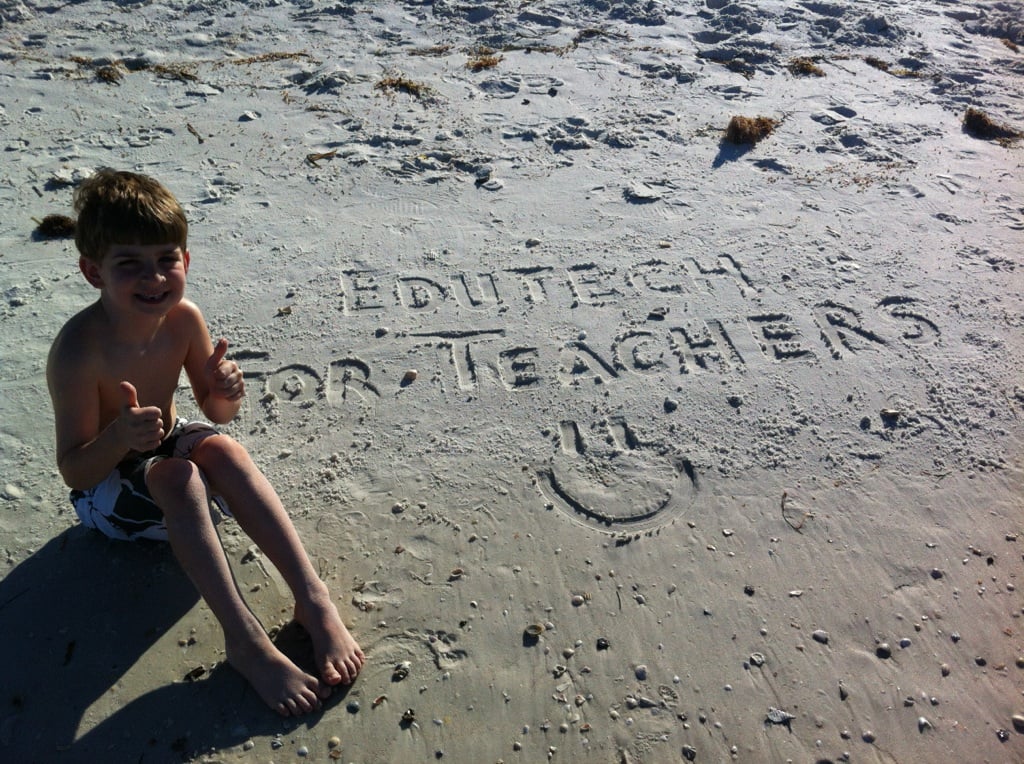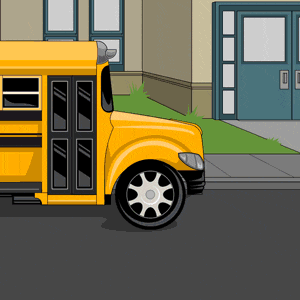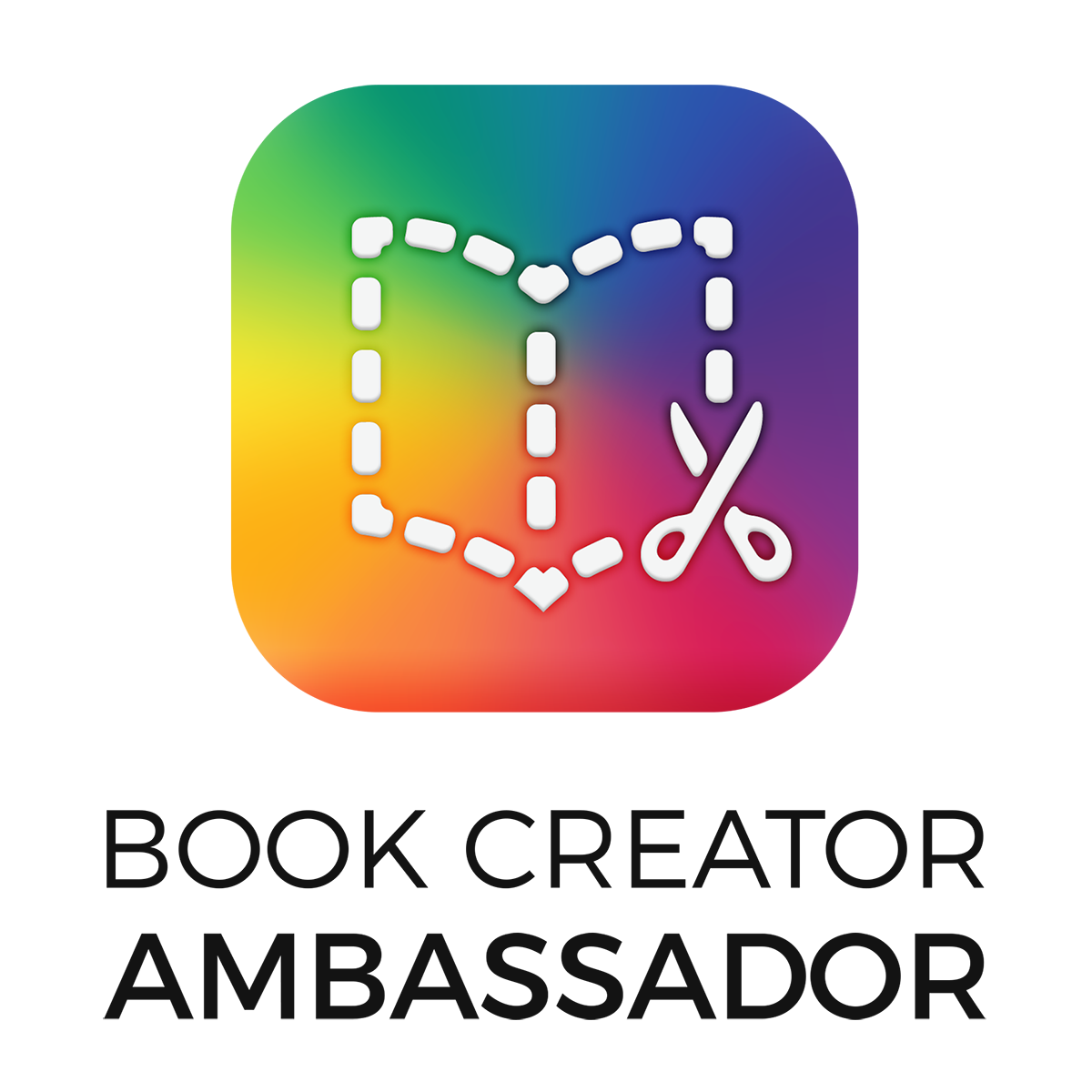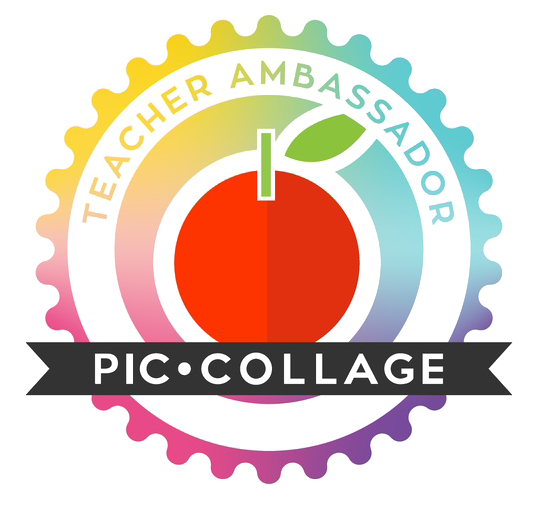 Did you know that computer science is a top paying college degree and computer programming jobs are growing at two times the national average? Yep, it has been projected that by the year 2020 there will 1,000,000 more jobs than there are students to fill them!
Did you know that computer science is a top paying college degree and computer programming jobs are growing at two times the national average? Yep, it has been projected that by the year 2020 there will 1,000,000 more jobs than there are students to fill them!
And that’s because although we live in a world surrounded by technology, only a small fraction of us learn computer science, the basics of how computers work, or how to create software, apps or web sites. Computer Science provides a foundation for virtually any career and everybody can benefit from learning the basics.
So, as an educator, what can you do to help address this issue? For starters, you can join the Hour of Code—an initiative supported by Code.org that encourages schools and teachers across the globe to help introduce students of all ages to computer programming during Computer Science Education Week, December 4-10, 2017. This event is held annually in recognition of the birthday of computing pioneer Admiral Grace Murray Hopper.
The
Hour of Code started as a one-hour introduction to computer science, designed to demystify “code”, to show that anybody can learn the basics, and to broaden participation in the field of computer science. It has since become a worldwide effort to celebrate computer science, starting with 1-hour coding activities but expanding to all sorts of community efforts. Check out the
tutorials and activities. This grassroots campaign is supported by over
400 partners and 200,000 educators worldwide.
Need some resources to make the Hour of Code happen in your space? Besides Code.org, the following sites are also curriculum providers for the Hour of Code: Tynker, Khan Academy, Codecademy and Code Avengers.
 Another noteworthy place to snag some really nifty resources is Let’s Start Coding. This company has developed a series of kits and toys that teach students to code via hands-on examples and step-by-step guides. My Tech Club students have been experimenting with one of the base kits throughout this school year, and they love, love it!
Another noteworthy place to snag some really nifty resources is Let’s Start Coding. This company has developed a series of kits and toys that teach students to code via hands-on examples and step-by-step guides. My Tech Club students have been experimenting with one of the base kits throughout this school year, and they love, love it!
Let’s Start Coding joins other organizations who have created free introductory coding activities that have been approved by the Hour of Code staff. Their totally cool Code Car Simulator allows students in Grades 4-12 to type real C++ code that controls the lights and buttons of a car-shaped circuit board via following seven guided lessons. The lessons allow students to blink lights and manipulate buttons on an on-screen circuit board. It’s a must-see so be sure to check it out!
This super cool activity—and so much more await you and your students right here, right now! There’s seriously more info than you’ll even know what to do with! #ForReal
Classroom Connection:
The founders of Google, Microsoft and Facebook all started their journeys with just one line of code. Like these successful entrepreneurs, our students should have the opportunity to create the technology of the future, not just use it! That said, join millions of students in 33,000 classrooms across 167 countries as they venture into the language of coding by participating in the Hour of Code.
Not only does coding help students learn problem solving and creative thinking skills, it teaches them to be risk-takers, persistent and to persevere in the face of frustration—skills that are relevant in all sorts of other activities in both school and the “real world”.
I realize that coding sounds intimidating to some, but the activities on the Code.org site require no computer programming skills at all. If your students can type, they can code! And you can learn, too!
And by the way—Although the official Hour of Code takes place during the first week of December each year, you can host an Hour of Code all year round. #winning
Here’s to your coding adventure! #kidsdeserveit
 If you’re looking for another super cool Valentine’s Day activity for your students (the first being Valentine’s Day Magnetic Poetry, which can be found here), then a must-see is the ‘Create your own Google Logo’ activity developed for students to design and code their own Valentine Doodle using the programming language Scratch.
If you’re looking for another super cool Valentine’s Day activity for your students (the first being Valentine’s Day Magnetic Poetry, which can be found here), then a must-see is the ‘Create your own Google Logo’ activity developed for students to design and code their own Valentine Doodle using the programming language Scratch.

 Did you know that computer science is a top paying college degree and computer programming jobs are growing at two times the national average? Yep, it has been projected that by the year 2020 there will 1,000,000 more jobs than there are students to fill them!
Did you know that computer science is a top paying college degree and computer programming jobs are growing at two times the national average? Yep, it has been projected that by the year 2020 there will 1,000,000 more jobs than there are students to fill them! Another noteworthy place to snag some really nifty resources is
Another noteworthy place to snag some really nifty resources is 















